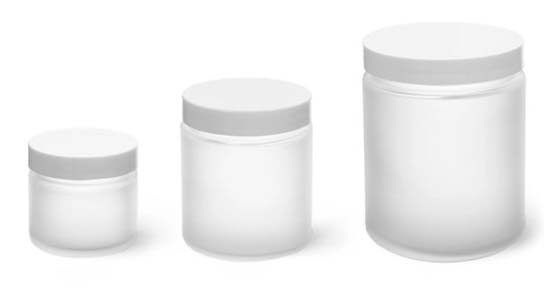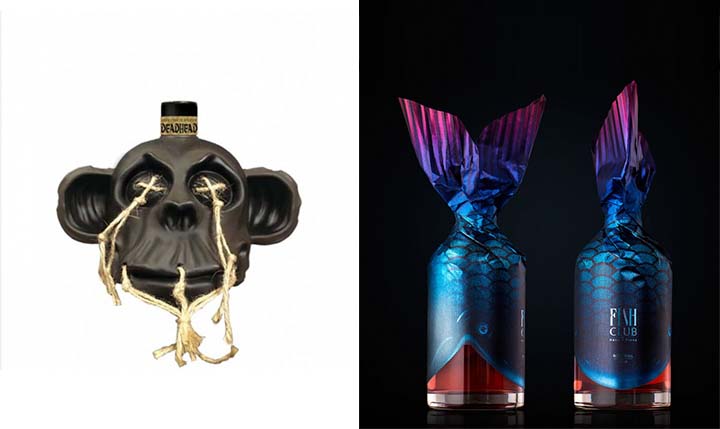The world of glass bottles and jars is vast and varied. Understanding the different types and their applications is crucial for selecting the right container for your product. At Valiant Glass, we specialize in providing a wide range of glass packaging solutions, from design and production to customization and decoration. We cater to diverse markets, including spirits, wine, beer, and beverages.
Glass remains a popular choice for packaging due to its inherent qualities: it’s aesthetically pleasing, pure, healthy, fully recyclable, and arguably the most sustainable rigid packaging material available. This article will explore the various classifications of glass bottles and jars, their uses, and the essential qualities that ensure their effectiveness.
Broadly, glass bottles and jars can be categorized based on several factors:
- Usage: Recyclable vs. non-recyclable (single-use)
- Manufacturing Method: Molded (using models) vs. Controlled (formed from glass tubing)
- Industry: Food packaging, pharmaceuticals, cosmetics, educational supplies, and more.
However, a simpler classification divides them into two main categories:
Narrow-Neck Glass Bottles (Small-Mouth Bottles)
Narrow-neck bottles, defined by an inner diameter of less than 30mm, are typically used for containing various liquid substances. They are a time-honored choice for beverage packaging, and despite the advent of numerous alternative materials, glass bottles maintain a significant market share. This enduring popularity stems from the unique advantages of glass, which other materials struggle to replicate. For example, consider the classic elegance of Champagne Bottles or the versatility of Spirits Bottles, both of which benefit from the properties of narrow-neck glass bottles. Learn more about specific types like Whiskey Bottles, Vodka Bottles, Rum Bottles, Gin Bottles, and Brandy Bottles on our website.
Wide-Neck Glass Bottles (Large-Mouth Bottles)
Wide-neck bottles, with an inner diameter exceeding 30mm, are designed for holding solid or semi-solid contents such as powders, granules, and pastes. These are commonly used in food preservation and other industries.
Basic Requirements for Glass Bottles and Jars
Regardless of their specific application, glass bottles and jars must meet certain fundamental requirements to ensure their functionality and safety. These requirements often involve specific technical regulations based on industry and intended use. However, some general principles apply:
Glass Quality:
- Composition: The glass must be uniformly melted and free from defects like stones, streaks, and bubbles.
- Clarity: Colorless glass should exhibit high transparency, while colored glass needs color stability and the ability to absorb specific light wavelengths.
Physical and Chemical Properties:
- Chemical Stability: The glass should be inert and not react with the contents, thus preserving the product’s quality. This is particularly important for pharmaceuticals and sensitive food products.
- Thermal Stability: The glass must withstand temperature variations, including the heat of sterilization processes, with minimal breakage or damage.
- Mechanical Strength: The containers need sufficient strength to endure vibrations, impacts, and pressure changes during transportation and handling.
Forming Quality:
- Dimensions and Capacity: Bottles and jars must adhere to specified capacity, weight, and shape requirements.
- Structural Integrity: They should be able to withstand internal pressure during sterilization and other temperature fluctuations.
- Uniformity: The glass should be evenly distributed, avoiding excessively thin or thick areas. The mouth, especially, must be smooth and even to ensure a proper seal with closures. This is critical for maintaining product freshness and preventing leakage.
At Valiant Glass, we prioritize these quality standards in all our manufacturing processes. We offer custom solutions and expert guidance to help you choose the perfect glass packaging for your unique needs. Contact us today to discuss your project and explore the possibilities of glass. We also offer a range of wine bottles, including White Wine Bottles and Red Wine Bottles. For more specialized needs, explore our selection of Ice Wine Bottles. For further information on glass packaging and its benefits, refer to resources like the Glass Packaging Institute (GPI).
If you’re looking for more knowledge of glass bottles, check out the following articles:
– Top 4 Drinking Glass Manufacturers in the U.S
– Top 10 Glass Bottle Manufacturing Companies in India(Latest Updates)
– Top 10 Glass Bottle Manufacturers In The USA
– Why Choose Apple Juice in Small Glass Bottles? A Flavorful Experience
Consult Your Valiant Glass Bottles & Packaging Experts
We help you avoid the pitfalls to deliver the quality and value your glass bottle and jar need, on-time and on-budget.














